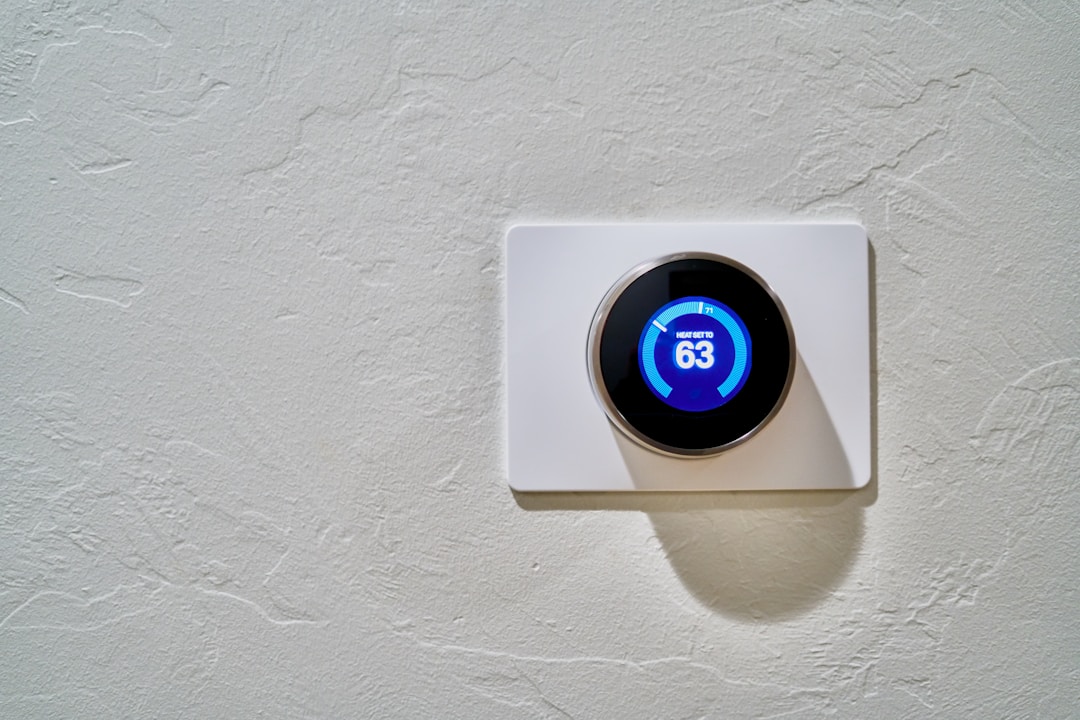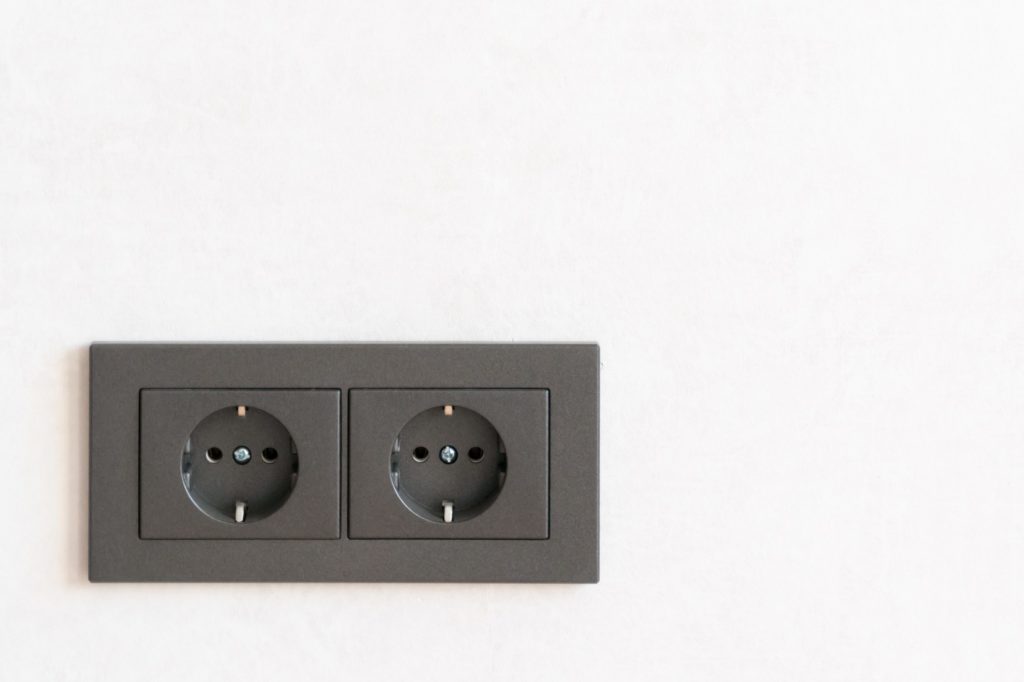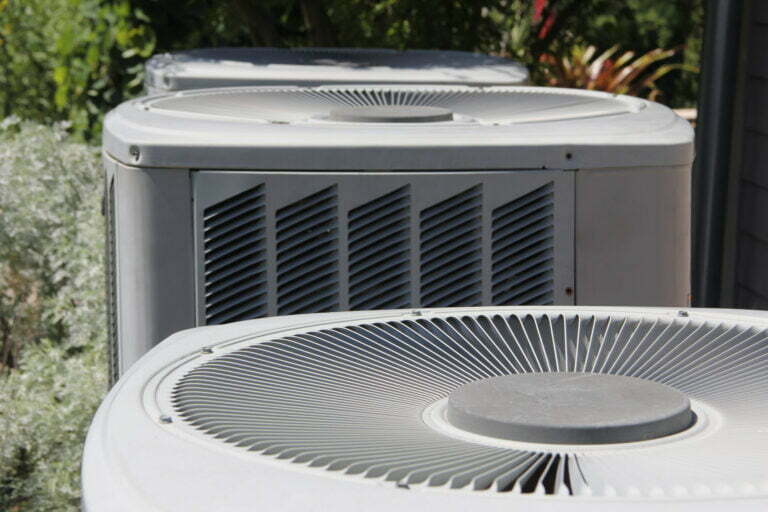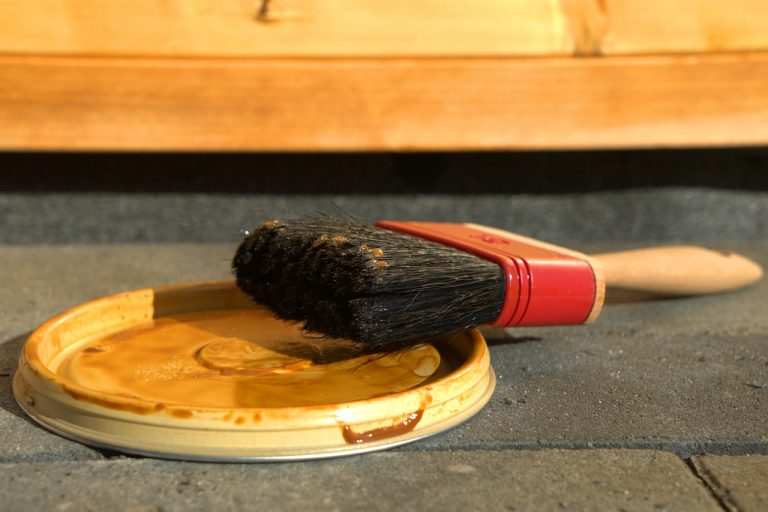A furnace is an essential appliance for heating in many areas where winter temperatures dip well below freezing. A gas furnace is one of the best methods for providing efficient, warm air to your home. However, a misconception that many people have is that a gas furnace doesn’t need electricity. Many homeowners and others see a gas furnace as an easy solution for providing heat even if the power goes out.
So, does a gas furnace need electricity? Unfortunately, this idea that a furnace only needs a gas supply is a misunderstanding, as your furnace will rely on gas and electricity to function. A gas furnace is energy efficient because it uses very little power to operate. However, there are a few components that still require power. Let’s take a look at how your gas furnace relies on electricity.
Blower Fan Motor
The main reason that your gas furnace won’t provide heat if it doesn’t have electricity is that the blower motor that powers the fan requires electrical power. The furnace can produce heat inside of the heat exchanger combustion chamber, but the heat won’t be able to travel into your ductwork and your home if the blower fan isn’t running. Because there is a danger of a fire hazard due to furnace overheating, the furnace will not operate unless the blower has electrical power.
Electronic Ignition Systems

If you have a newer furnace, chances are your unit is equipped with an electronic ignition system that includes either an intermittent pilot light or a hot surface igniter. Unlike older furnaces with a standing pilot light, newer furnaces have ignition mechanisms that require electricity. Manufacturers employ electronic ignition systems because they are both safer and more energy-efficient. Electric ignition means that the furnace can prevent ignition if a problem is detected. What this also means, however, is that your gas furnace will not operate if it has electronic ignition and no power source.
Furnace Circuit Board
Modern furnaces are equipped with a circuit board, also known as a furnace control board. This circuit board is the mastermind of your furnace operation. It communicates with your thermostat and regulates various components such as the gas valve, ignition switch, blower motor, and flame sensor. The control board is the director of the internal workings of your furnace. As a result, it relies on a power source to control your furnace. The control board can’t talk to the thermostat or control furnace operations without power.
Programmable Thermostat

One device that often goes overlooked is your thermostat. In many homes today, programmable thermostats provide better control for heating and cooling and more consistent temperatures throughout the home. These thermostats are the director of the show, calling the air conditioner and furnace as needed to regulate indoor temperatures. The majority of these newer thermostats are hard-wired into the wall and require power from the electrical circuit. If there is a power outage or power is cut to the circuit, the thermostat will not communicate with the furnace, and it will not provide heat.
Generator Solution
The easiest solution to ensuring that you have heat during a power outage is a dedicated generator for your home heating system. A generator will allow your gas furnace and thermostat to operate fully when there is no power. The generator needs to be strong enough to handle the electricity demands of the entire system to work. A certified electrician and HVAC technician can help you install a generator that will ensure your gas furnace works even when there is no power.
To the surprise of some, gas furnaces require natural gas fuel as well a power source to operate. From the blower fan and ignition switch to the thermostat, there are many components that require electricity.





